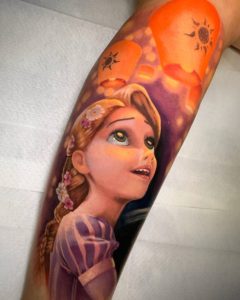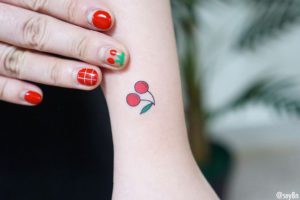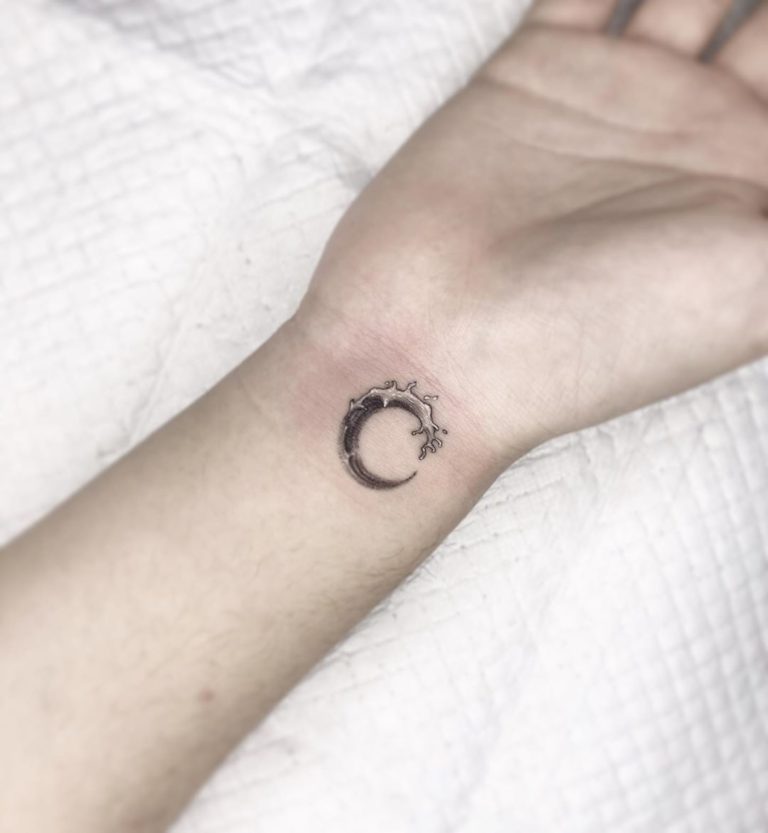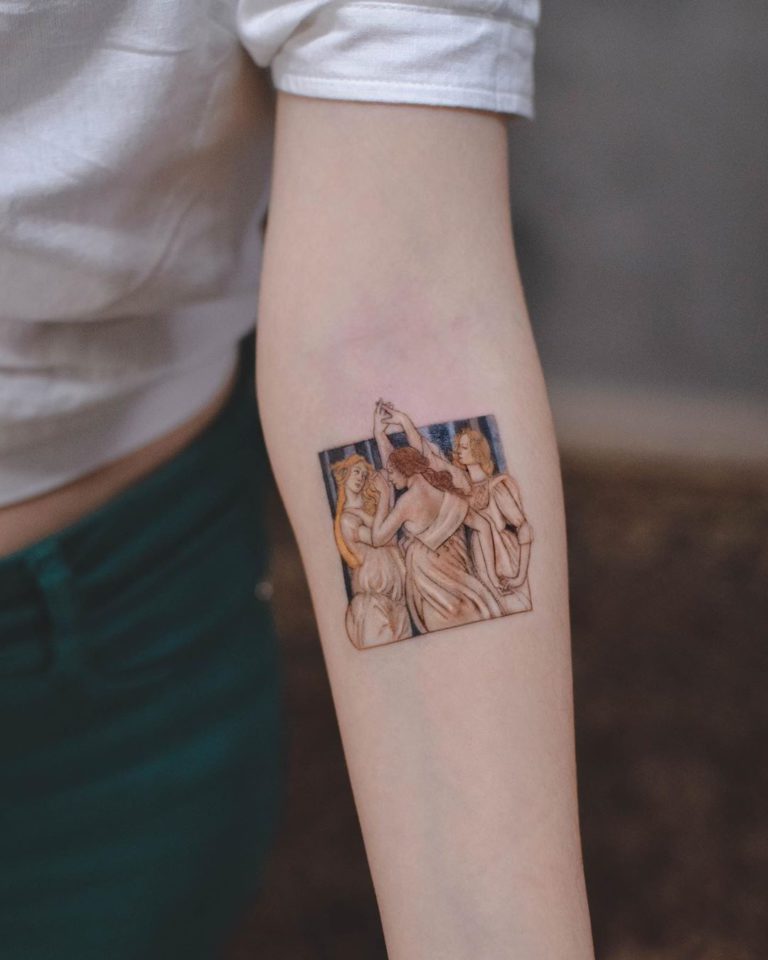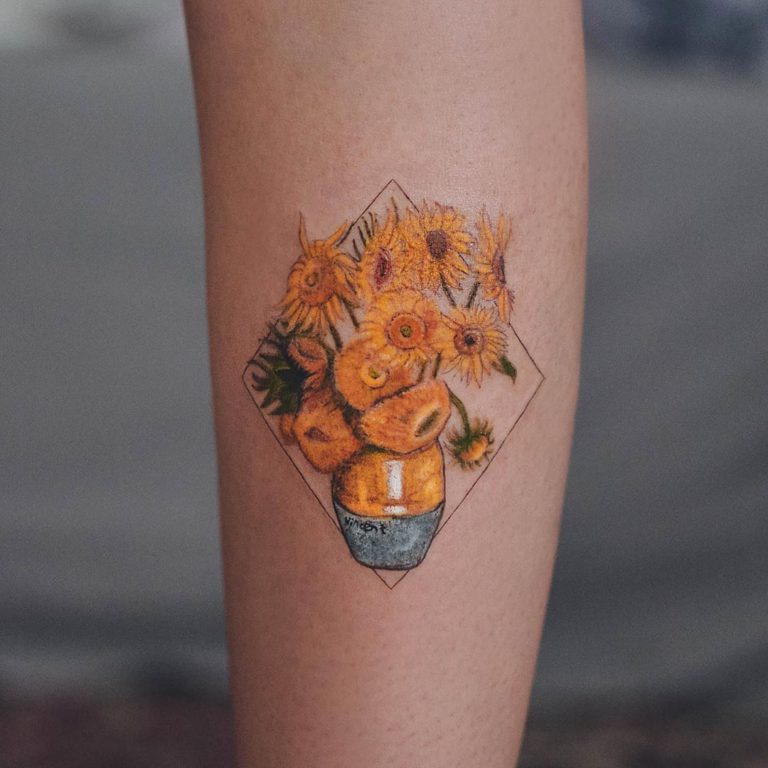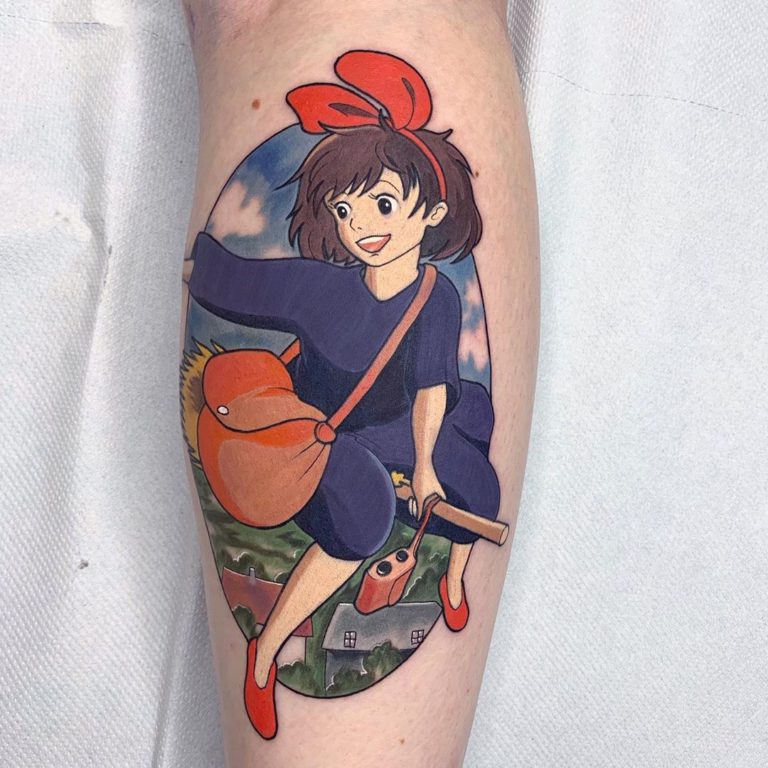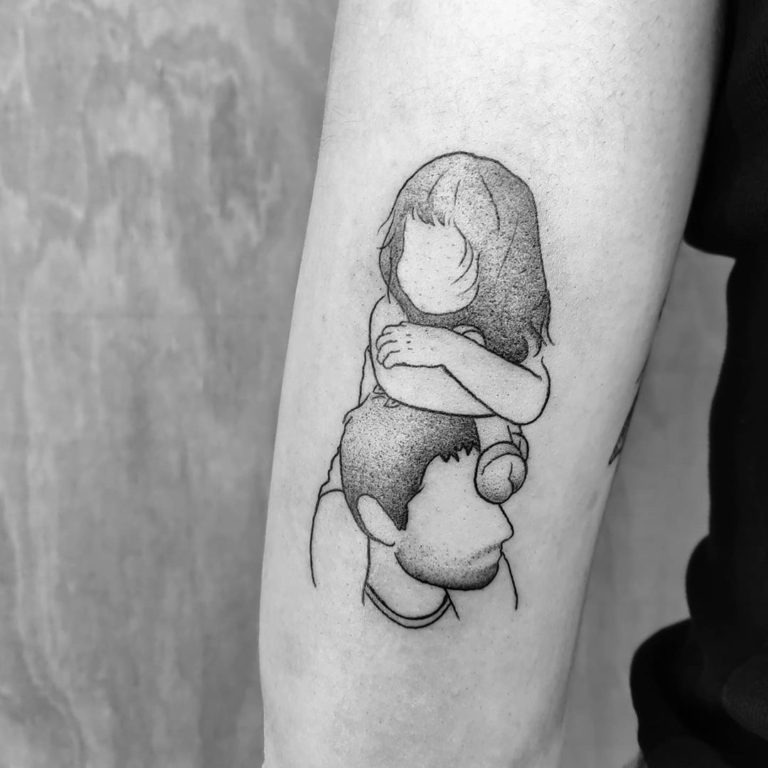Ever since the new revival of tattooing in the early 1950’s have the tattoo artists based in The United Stated played a significant role in the making of tattoo history. The great Don Ed Hardy, who learned from the legendary Sailor Jerry, was one of the leaders and innovators who shaped the tattoo industry as we know it today, spreading their work and influence to the future generations of tattooers coming from the great US.
The beginning of tattooing in the Americas dates back to the traditions of the indigenous people of North America and their usage of marking on the skin as a way to tell a tale of their history, traditions, family, society and place.
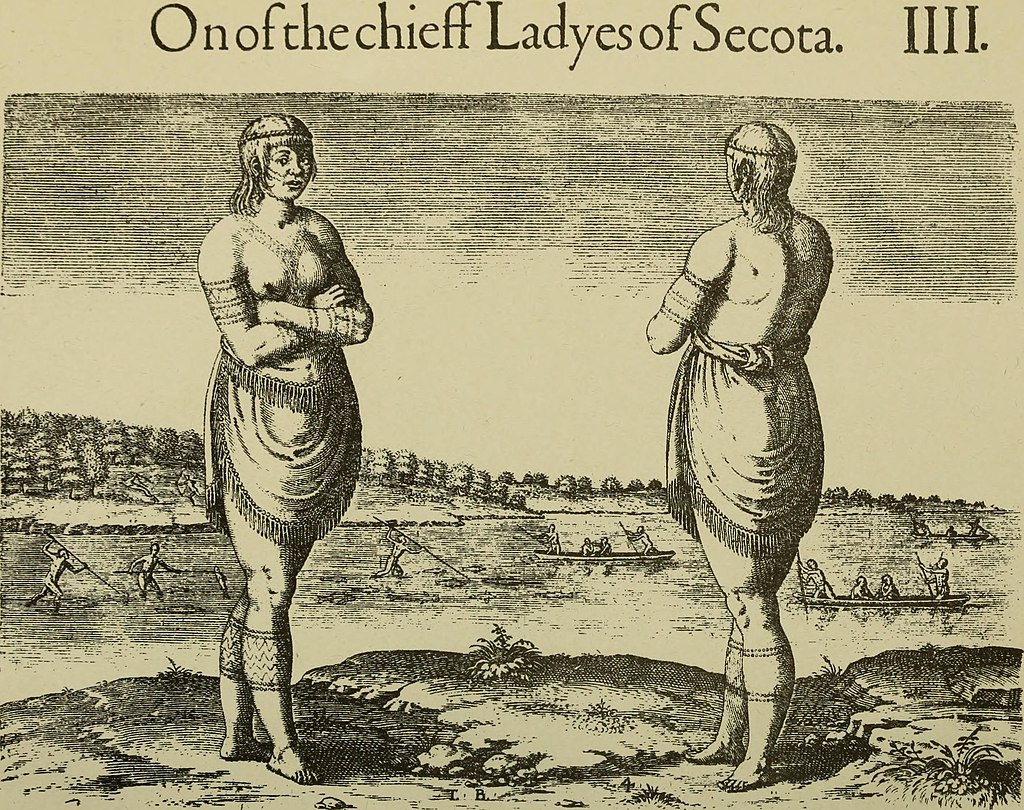
Source: Wikipedia
In the early United States it was the sailors and immigrants whose marking on the sin were noted by officials as a way to identify them as they entered the country or for practical purposes. Cruel as it may sound, the simplest way to identify a seaman’s corpse were his tattoos.
When the first electric tattooing machine was patented by Samuel O’Reily in 1891 in New York, tattooing was about to be changed forever. No longer will it be painful and expensive to get a tattoo, the machine changed that and laid the foundations for tattooing to go back in to the mainstream. Unfortunately, it will take a long time for tattoos to become completely accepted in the American society.
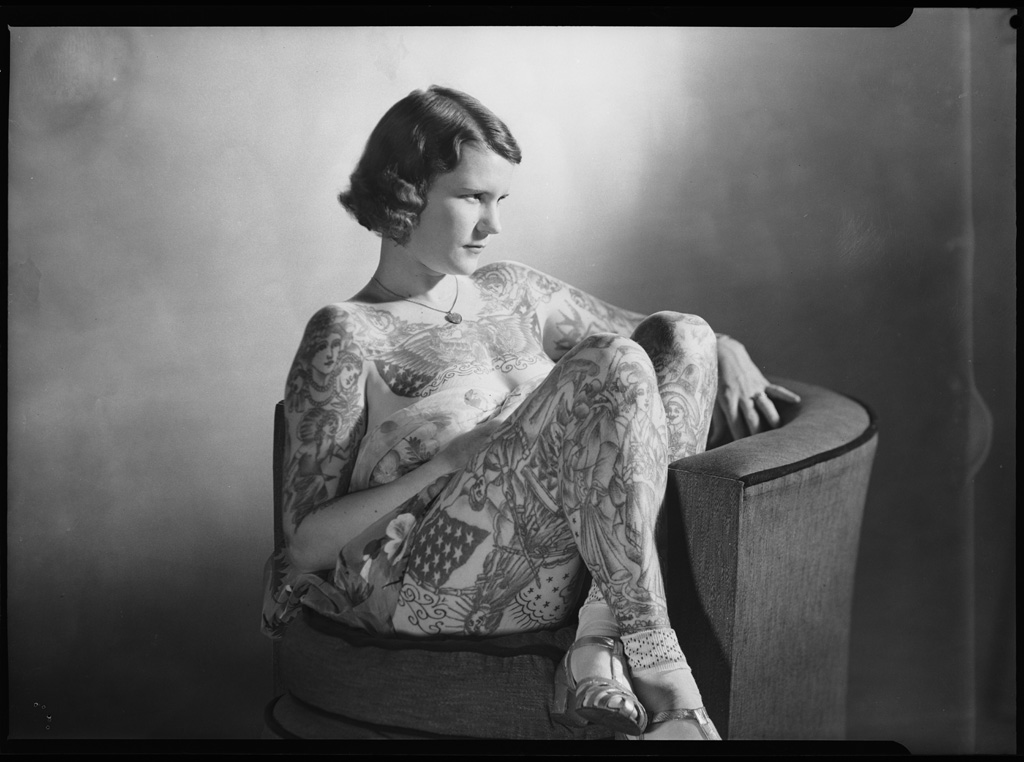
In the late 19th century, late 1800’s and early 1900’s, tattooing was associated with people on the edge of society. The first to take advantage of the mysticism surrounding inked skin were the ‘Tattooed Ladies’, performers like Betty Broadbent, whose tattooed skin attracted crowds to her show in the circus. By the 1930’s, the tattooed ladies were out of business.
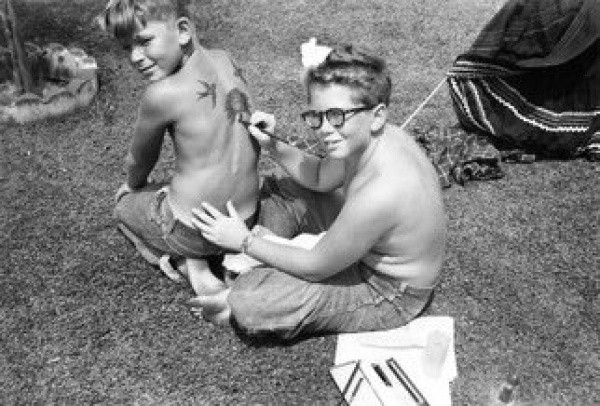
It wasn’t until the 1950’s that tattooing comes back on the radar. Tattooing them on their skin became a popular way for the Americans to remember their social security numbers that were then introduced.
It was in the 1940’s, especially after the Second World War, that the tattoos and tattooing became considered ‘real’ profession’. Soldiers came back from Europe and the far East with ink on their skins.
Sailor Jerry, the father of the American Traditional tattoo style, with his big, bold designs immensely influenced a generation of artists.
Artists such as Lyle Tuttle, Cliff Raven, Don Nolan, Zeke Owens, Spider Webb and Don Ed Hardy were leading the industries out of the obscure. Their knowledge was passed on to the next generation of tattooers with artists such as Bob Roberts, Jamie Summers, and Jack Rudy.
When the rock lifestyle became desirable, tattooing was there to contribute to the anti-establishment sentiments of the new generation. All gender and ages, people of all economic classes, from rock stars to their fans, they all wanted to get a tattoo. The Tattoo Renaissance started, and it will not stop to this day.
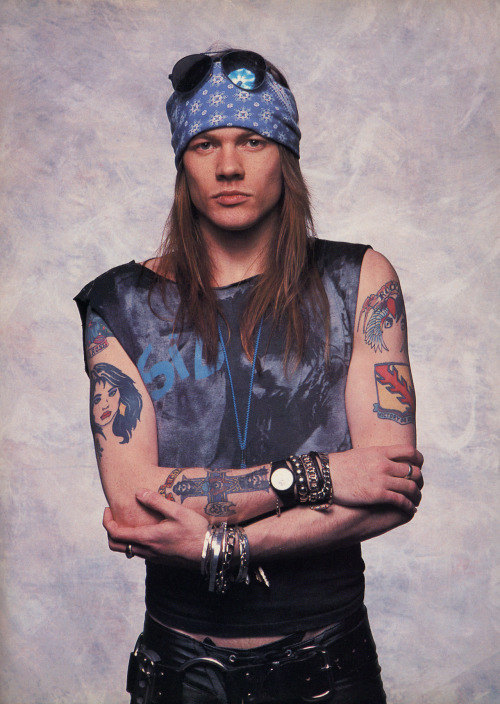
In the 1980’s the musicians, the stars of Rock and Roll really pushed tattooing in to the mainstream. Big, bold tattoos covering the arms of Ozzy Osbourne, Axel Rose, inspired many, and there was no way tattooing was just a fad. The 90’s saw tattoos entering sports, but also the introduction and popularity of feminine tattoos. Tattoos were there to replace wedding rings, cover up scars, make a beautifully part of one’s body more unique.
Now that tattooing is completely normal and accepted in the society, there’s more of a focus on quality. More and more educated artists decide to take on tattooing professionally, pushing the limits and advancing the whole industry. Tattoo shows on TV help educate the public, and nowadays people are looking for grater quality in their tattoos, pushing the artists to new levels.

